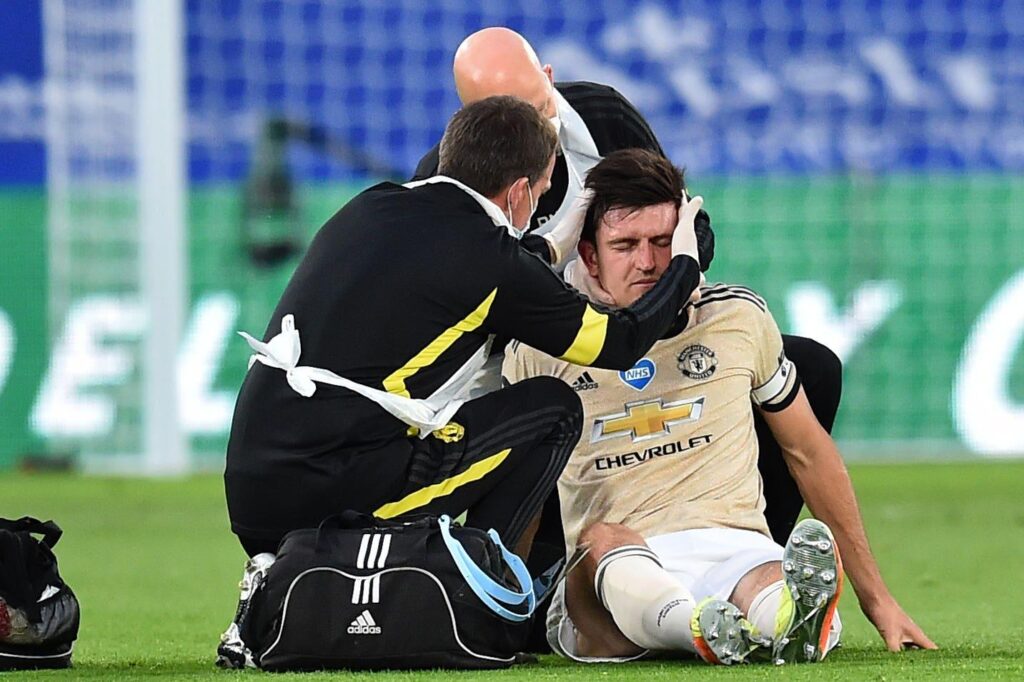- Advertisement -
Cricket has taken a significant step forward in player safety with the introduction of the concussion substitute rule, a game-changing regulation designed to protect athletes from the potentially severe consequences of head injuries. As the sport continues to evolve on the international stage, including its inclusion in multi-sport events like the Olympics, understanding how this rule operates has become essential for players, officials, and fans alike. This article explores the mechanics of the concussion substitute rule in cricket, detailing its implementation, impact, and the way it ensures the well-being of cricketers without compromising the competitive spirit of the game.
Concussion Substitute Rule Explained and Its Impact on Player Safety
The concussion substitute rule in cricket represents a significant advancement in prioritizing player health without compromising the competitive nature of the game. When a player suffers a head injury suspected to be a concussion, the team is permitted to replace them with a “like-for-like” substitute approved by the match officials. This substitute is allowed to take over all batting, bowling, and fielding responsibilities of the injured player, ensuring that the team can maintain its strength on the field while the concussed player receives immediate medical evaluation and care off the pitch. This approach not only enhances player safety but also upholds the integrity and balance of the game.
Key elements of the concussion substitute rule include:
- Immediate medical assessment by qualified personnel before the substitute is approved
- Substitute must be a like-for-like replacement, mirroring the role and skillset of the injured player
- Introduction of the substitute can occur at any point after the injury is identified
- Ensures teams are not disadvantaged due to unforeseen injuries, maintaining fairness in the contest
| Scenario | Team Impact | Player Safety Outcome |
|---|---|---|
| Player hits helmet on ball | Substitute allowed without penalizing team | Rapid concussion diagnosis and removal from play |
| Severe head collision between players | Maintains team numbers and strategy | Prevents exacerbation of injury through continued play |
Procedures and Protocols Teams Follow During a Concussion Substitute
When a player shows signs of a concussion during a match, the medical team immediately steps in to conduct a swift but thorough assessment. The process is designed to ensure player safety while minimizing disruption to the game’s flow. Once the concussion symptoms are identified, the team follows a strict sequence which includes:
- Immediate removal of the affected player from the field.
- On-site medical evaluation based on standardized concussion protocols.
- Notification to match officials to authorize a concussion substitute.
- Deployment of the substitute who then assumes the full role of the injured player.
This process prioritizes the health of athletes above all else, while allowing teams to maintain strength on the field. The decision to approve a concussion substitute is made jointly by the match referee and medical team to prevent any potential misuse of the rule.
| Step | Action | Responsible Party |
|---|---|---|
| 1 | Player Assessment | Medical Team |
| 2 | On-field Removal | Team Captain & Umpire |
| 3 | Substitute Approval | Match Referee |
| 4 | Substitute Debut | Team Management |
Expert Recommendations to Improve Implementation in International Cricket
To enhance the practical adoption of concussion substitutes, experts emphasize streamlining protocols across international boards, ensuring uniformity in assessment criteria and decision-making processes. This would not only minimize delays during matches but also strengthen player safety by enabling quick, standardized responses to head injuries. Additionally, there is a call for comprehensive training for medical staff and on-field officials to accurately identify concussion symptoms under diverse playing conditions.
Furthermore, experts recommend the integration of technology and data analytics to support the substitute rule’s implementation. Implementing real-time monitoring systems and wearable sensors could bolster medical evaluations, while consistent communication frameworks among umpires, team management, and medical teams would ensure transparency. Key action points include:
- Regular refresher courses for match referees on concussion protocols.
- Collaborative workshops involving players, doctors, and governing bodies.
- Standardized checklists for concussion assessments during matches.
- Promotion of awareness campaigns to destigmatize concussion reporting.
Concluding Remarks
As concussion awareness continues to grow in the world of sports, the implementation of the concussion substitute rule in cricket marks a significant step forward in player safety. By allowing teams to replace players suspected of having a concussion without disadvantaging their side, the game prioritizes health while maintaining its competitive integrity. This evolving protocol reflects cricket’s commitment to adopting best practices seen across global sporting events, including the Olympics. As awareness and medical protocols advance, the concussion substitute rule is set to become a standard safeguard, ensuring that the well-being of players remains at the forefront of the sport.
- Advertisement -


